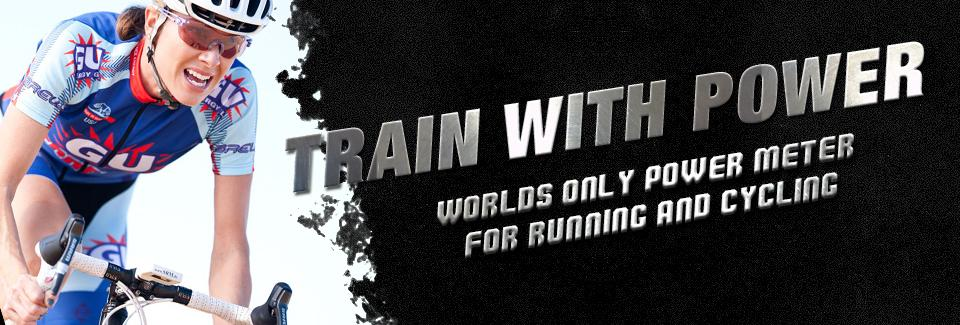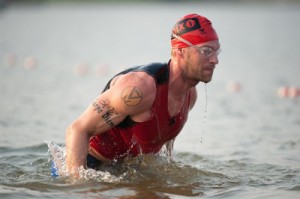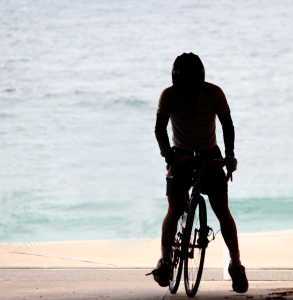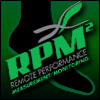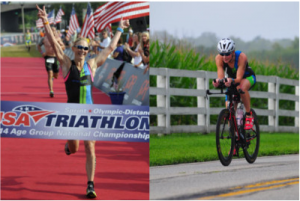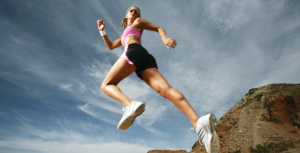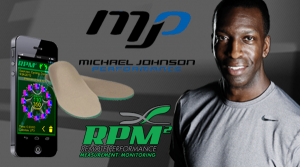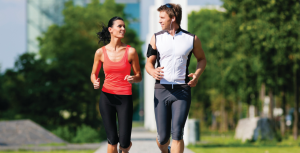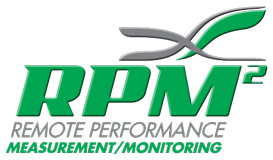Our team at RPM² has been hard at work visiting athletes throughout the United States and abroad. Since our 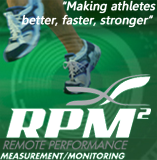 recent partnership with Michael Johnson Performance, Inc. and our commitment to helping athletes around the globe, our products are currently being tested on Brazilian and Norwegian Olympic hopefuls along with hosts of other competitors. If you check out our website, you’ll see many testimonials from real people, experiencing real results, using our products. Here are the latest developments we wanted to share with our readers.
recent partnership with Michael Johnson Performance, Inc. and our commitment to helping athletes around the globe, our products are currently being tested on Brazilian and Norwegian Olympic hopefuls along with hosts of other competitors. If you check out our website, you’ll see many testimonials from real people, experiencing real results, using our products. Here are the latest developments we wanted to share with our readers.
RPM² Price Reduction
As technology advances to meet our manufacturing needs, we have been able to streamline the process for crafting our revolutionary footbeds. This increase in efficiency means that we can now reduce the price of our products. The original RPM² system is now just $559.00. We are thrilled to announce this price reduction as it makes our quality products that much more affordable to athletes from all walks of life.
RPM² Will Soon Be Compatible with ANT+ and .Fit
Technology and apps have made monitoring physical performance much easier and because we value easy-to-use technology, we are in the process of programming all RPM² devices to be fully compatible with the popular Ant+ managed networks. This will allow our valued customers to access their RPM² dashboard data on their headsets. This feature, along with the .Fit protocol for Training Peaks, will be available to all customers (old and new) through a free, automatic upload.
Check Out Natural Running Network for a Podcast About RPM² Devices
Recently, the Natural Running Network featured RPM² products in its popular podcast. Richard Diaz and guest Peter Faletto (a gait correction expert) discuss the impact heel striking has on a runner’s performance and body. This entertaining podcast discusses the importance of monitoring biomechanical movements and many other fascinating insights on neuromuscular re-education.
Click here to listen to the podcast.
Be sure to subscribe to our blog by entering your e-mail address in the subscription bar on the right-hand side of this page. Feel free to follow us onTwitter and Facebook, too.

